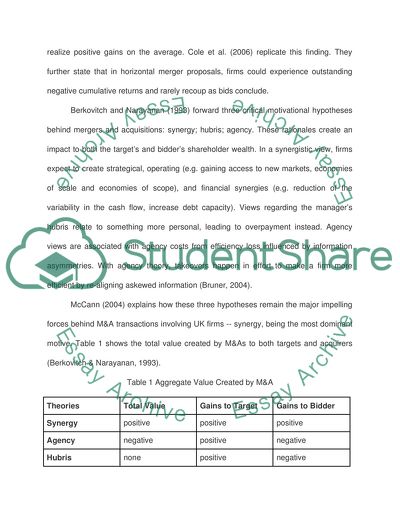Cite this document
(Theory and Practice on Mergers and Acquisitions Essay, n.d.)
Theory and Practice on Mergers and Acquisitions Essay. https://studentshare.org/finance-accounting/1746806-do-mergers-create-value-for-the-offeror-and-offeree
Theory and Practice on Mergers and Acquisitions Essay. https://studentshare.org/finance-accounting/1746806-do-mergers-create-value-for-the-offeror-and-offeree
(Theory and Practice on Mergers and Acquisitions Essay)
Theory and Practice on Mergers and Acquisitions Essay. https://studentshare.org/finance-accounting/1746806-do-mergers-create-value-for-the-offeror-and-offeree.
Theory and Practice on Mergers and Acquisitions Essay. https://studentshare.org/finance-accounting/1746806-do-mergers-create-value-for-the-offeror-and-offeree.
“Theory and Practice on Mergers and Acquisitions Essay”. https://studentshare.org/finance-accounting/1746806-do-mergers-create-value-for-the-offeror-and-offeree.


